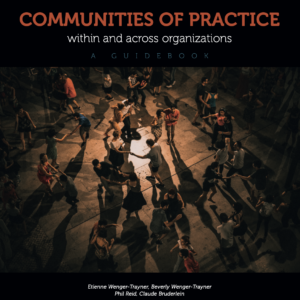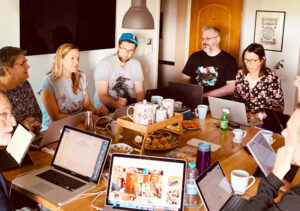NOTICE: There is an updated version of all these FAQs on our new website:
What level of participation should one expect in a community of practice?
Participation in communities of practice is rarely a person’s main activity or job, so expected levels of participation should reflect this reality. Mainly they should reflect the level of relevance of the domain to the main activities of members. This means that levels of participation will likely be quite different for different people. It is not unusual to have a smaller core group of members who identify very strongly with the community and contribute most of the activity—with concentric bands of participation from very active members to merely passive observers (or so-called lurkers on the web). This disparity is usually not a problem as long as it reflects personal interest in the domain and not some other distinction, such as headquarter versus field or language fluency. In a healthy community there is usually a flow of people moving across these levels of participation.| << How big can a community become? | What are the key success factors? >> |
For more information, click here:
For a more precise definition, see our theory page on communities of practice:
For a bit more info, see our general (but brief) introduction to communities of practice and their use in various contexts:
For practical advice on cultivating communities of practice, see our new guidebook:
For workshops on cultivating communities of practice:



Pingback: En fase de diagnóstico, red profesional | Nivel 4 #TRAL | conversaverdeazul
Pingback: GCLT400 Academic Contexts and Professional Identities – Martha's Learning Lens